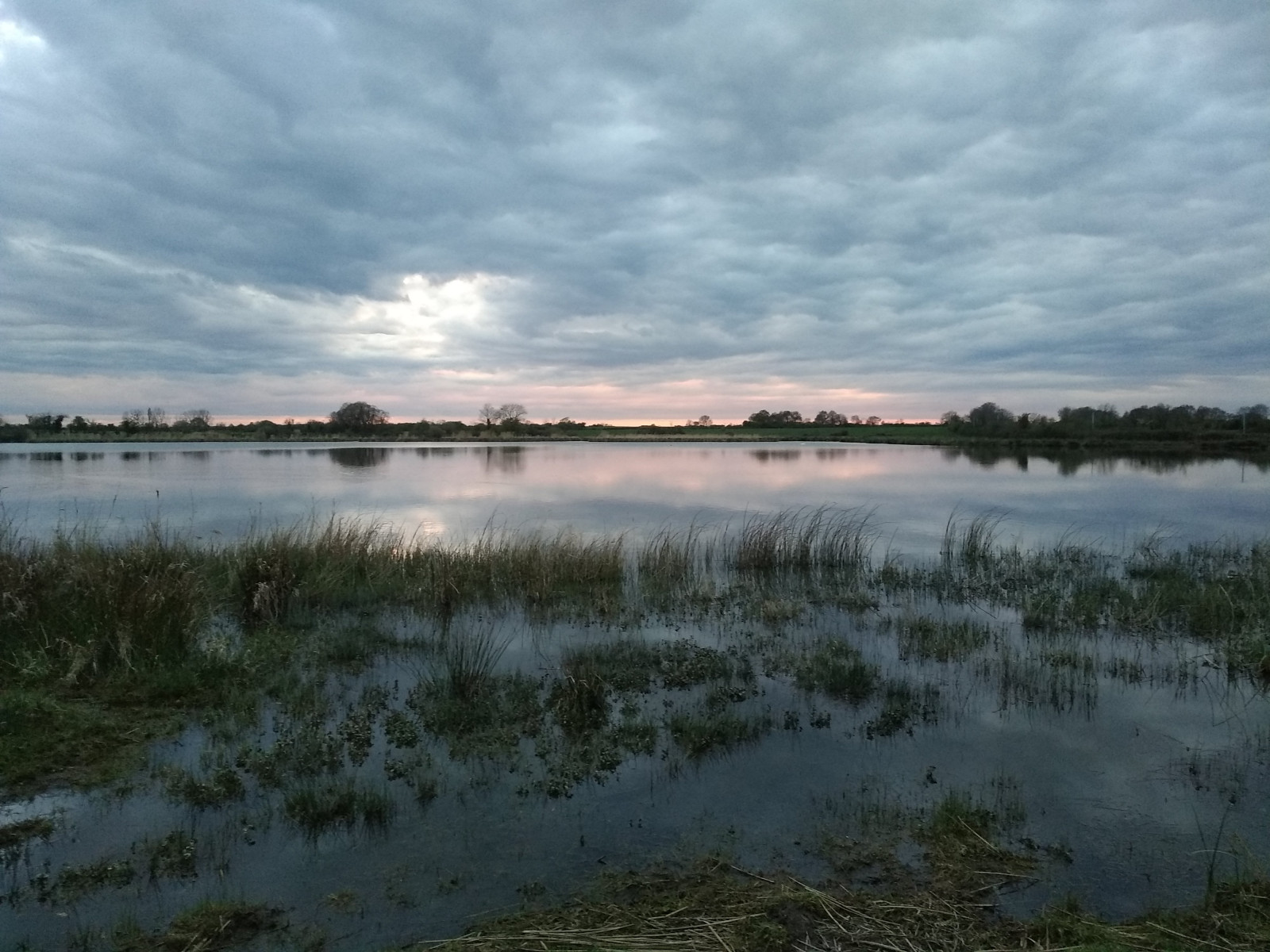Opis
A set of a few ponds distributed in the northern Deux-Sèvres worth paying a visit whatever the season is. L'étang de Beaurepaire is the second most important wetland in the department. (You can see the dedicated birding place). Getting on this tour will allow you to have a good look at almost every species regularly present in Deux-Sèvres. In total, 230 species have been recorded here. You can spend half or a whole day birding in the area since you'll have to drive a bit between the different sites, and you can stop a few times for checking agricultural fields species.
On the waterbirds side, you'll encounter most of the breeding ducks in the area with a well established głowienka population. Scarcer and not every year breeders include krakwa and cyranka. Dawn and sunset visits are a good time to encounter wodnik (zwyczajny) which also nests in the area. Winter time sees northern ducks coming such as Płaskonos and rarities are always possible such as hełmiatka or ogorzałka.
When driving between the different sites, agricultural fields are really worth checking. kulon (zwyczajny) and czajka are regular breeding species, siewka złota join czajka during winter season. gąsiorek is a common sight, perched on wires and hedge rows.
All year round, you have a good chance to encounter kaniuk since it regularly breeds (Apr-Déc) and winters in the area.
At last, migration periods are really the best time for birding. All the common species of waders and waterbirds can be seen, and every year holds its rarities. Here are just a few of them: czajka towarzyska, biegus arktyczny, kropiatka, trznadelek, brzęczka, ...
Szczegóły
Dostęp
From Angers, aim to Vihiers and then Bressuire. When you enter the department, start the tour at Etang de la Grippière. From Niort, aim to Bressuire, Argentonnay and l'étang de Beaurepaire.





